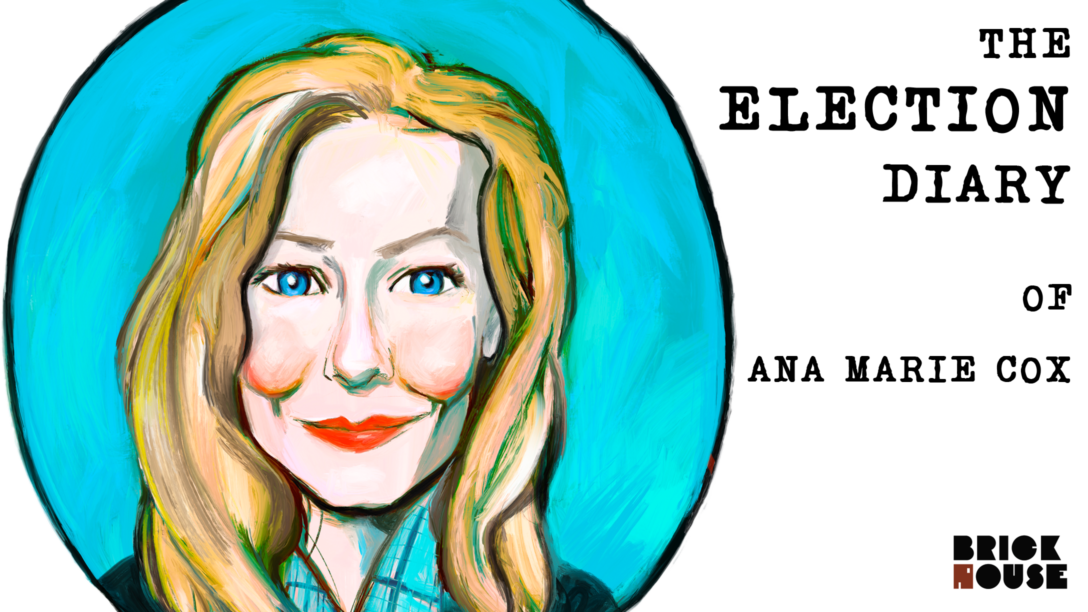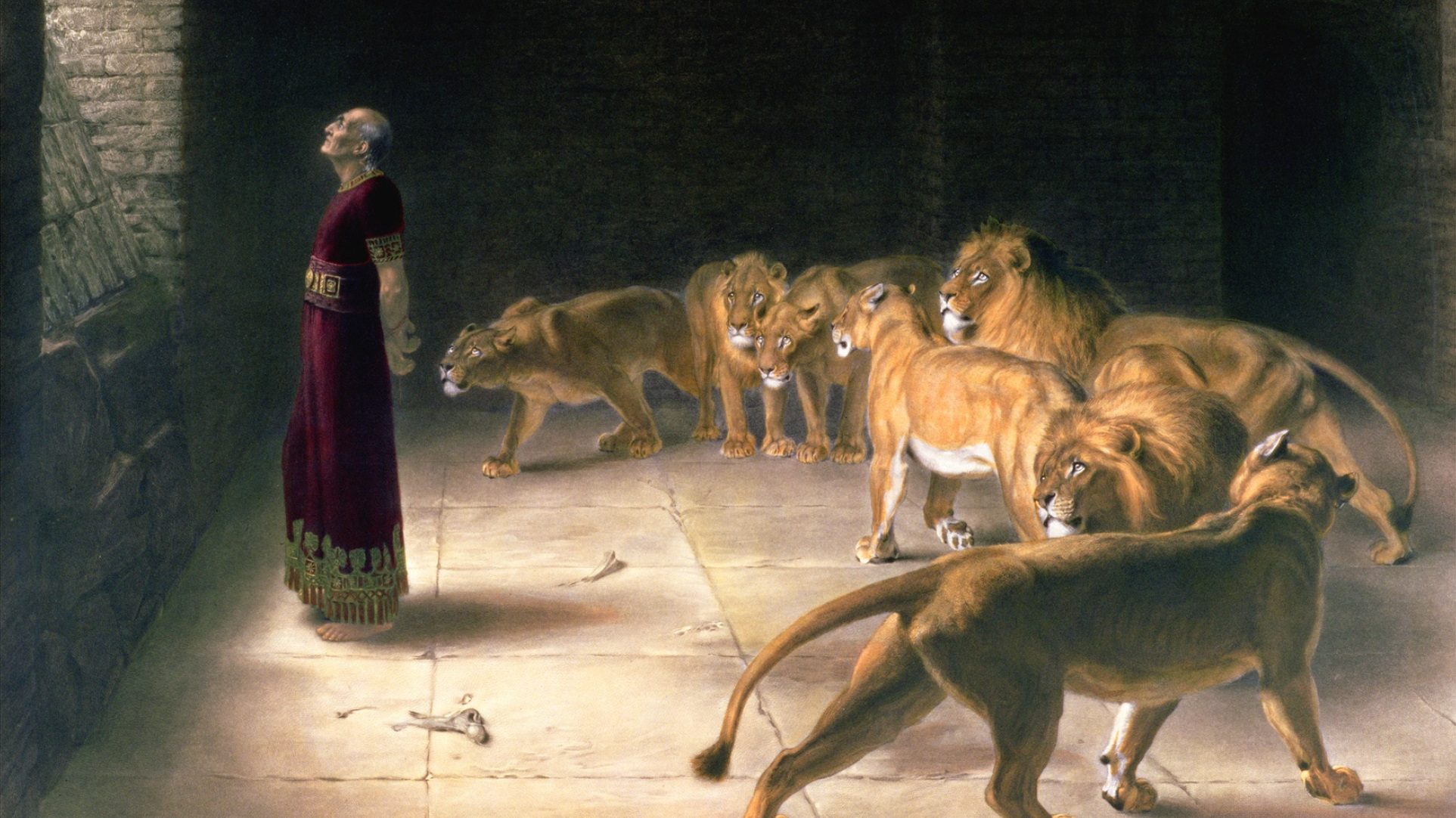The Trump rallies are still spectacles. You don’t need me to describe them and yet they beg to be chronicled: the florid lies, the train-wreck syntax, the reflexive racism, all again a dark background, the almost-visible specter of death. By contrast, Biden events look utterly ordinary, they are just campaign events with masks. Trump rallies have become harbingers of the apocalypse, and we poor pundits are all Daniels, seers of visions and interpreters of dreams, reaching for poetry, grief and madness in order to convey the awful sublimity of this moment. Edmund Burke could never have imagined Donald Trump or his politics, but he most certainly speaks to the appeal of Trump as spectacle.
Burke wrote about the power of terror, pain and disgust to transport us to a level of stupefying awe, something that moves us far beyond pleasure. When we are astonished by things that offend us utterly, we lose the ability to think of anything else: “Astonishment is the effect of the sublime in its highest degree; its inferior effects are admiration, reverence, and respect. No passion so effectually robs the mind of all its powers of acting and reasoning as terror.”
This by way of saying that I have found myself watching Trump’s super-spreader rallies. Like, more than one a day at this point. And I mean it like that, I “found myself,” under the spell of that same autohypnosis that used to propel me into liquor stores: “I don’t want to do this, but I can’t stop and I don’t know what else to do.” A deliberate surrender to the familiar pain, in preference to confronting an unknowable future—in preference to any other feelings at all, for that matter.
This time around, there is less prime time coverage — almost none, in fact. Trump rallies are old news and thus not “good television,” and unlike 2016, Trump makes news without them. He is now a sublimely terrible presence everywhere: 250,000 dead and climbing, children orphaned by state action, tens of millions left to fall into poverty and homelessness. Food insecurity. A festering atmosphere of political violence. The world on fire, the systemic destruction of democratic norms, the promise that he will do everything he can to ensure minority rule.
Too often, we write about the terror and gaudy cruelty of the spectacle; we choose to gasp at the serial killer rather than learning about his victims or doing the work to heal.
In part, cable news ratings and subscriptions to the New York Times and Washington Post soar because covering Trump is widely seen as equivalent to exposing, weakening or disarming Trump. Publishers have produced over a thousand books about Trump in total (roughly one for each day of his presidency!), and sales of “political” books are up eighty-five percent. At least ten books critical of Trump (by my count) have topped the New York Times best-seller list. Many are memoirs, lurid exposes of the dysfunction at the heart of the White House, or they are wails of outrage at that dysfunction expressed in varying levels of eloquence (currently at #15 on the New York Times list is a collection of poems by actor John Lithgow called “Trumpty Dumpty Wanted a Crown”). At least a few are themselves expressions of the era’s dysfunction: tawdry, tardy scolds — the “adults in the room” making a few hundred thousand (or more) off the interest of a banked conscience. (And then there was Bob Woodward, holding back the truth behind Trump’s COVID denialism until publication, too much too late.)
What’s wrong with any of this avidity? Isn’t it good to have political books become best sellers? Isn’t it good to collectively feel the same outrage? Isn’t this what is driving people to the polls in record numbers?
Surely that’s part of it! That’s what’s driving me.
But as certainly as there will be a record number of voters this year, the most generous estimates of turnout are around sixty-five percent of eligible voters. That this feels like a victory is a reminder that our democracy has always been minority rule. Compared with other “developed” countries, we’re 26th out of 32 in terms of participation. A big part of the reason is just how difficult it is to vote! But I keep coming back to the findings of a Knight Foundation report showing two dominant themes among non-voters: Lack of faith in the system and lack of knowledge about issues at stake. And covering Trump as spectacle only exacerbates both.
But there is a strange satisfaction in being constantly reaffirmed in Trump’s monstrousness. And I can’t resist the urge to point and scream and wave others over to join me in experiencing the same awful thrill. Trump rallies are gratifying in the same way all monster reveals are gratifying; they inspire that bizarre evangelism that anything that is truly disgusting does: “This is so unbelievably gross, you have to see it!”
As usual, I can find some hope if I stop focusing on the epic drama of politics and instead look closer to home. The true reason Trump’s rallies are intensifying — both in frequency and in tone — is that he is out of money and he is desperate. Apart from the slavish coverage they received on national television in 2016, the rallies were reliable generators of positive-to-neutral local coverage, the sort of news people watch and trust the most.
But this time, Trump has been undone by his own towering ineptitude. A sampling of the headlines that followed his rally here in my adopted home state:
“Prominent Minnesota Republicans in quarantine, seeking COVID-19 tests after Trump visit”
“State health officials urge caution in wake of Trump visit”
“If you attended Trump event and have symptoms, get tested now, Minnesota Health Department says”
“Minneapolis restaurant quarantines 13 who worked Trump event”
And, a personal favorite, because it names the real point of rallies so plainly: “Minnesota health officials assess COVID-19 rally risks beyond Trump.”
But, more urgently: “9 COVID cases linked to Trump’s Bemidji rally; 2 hospitalized, 1 in ICU, state says”
That’s horror, but it’s not the thrilling kind; it’s the kind that breaks your heart.







